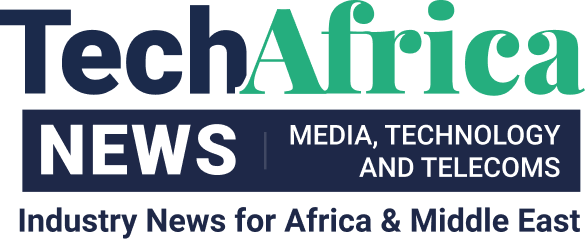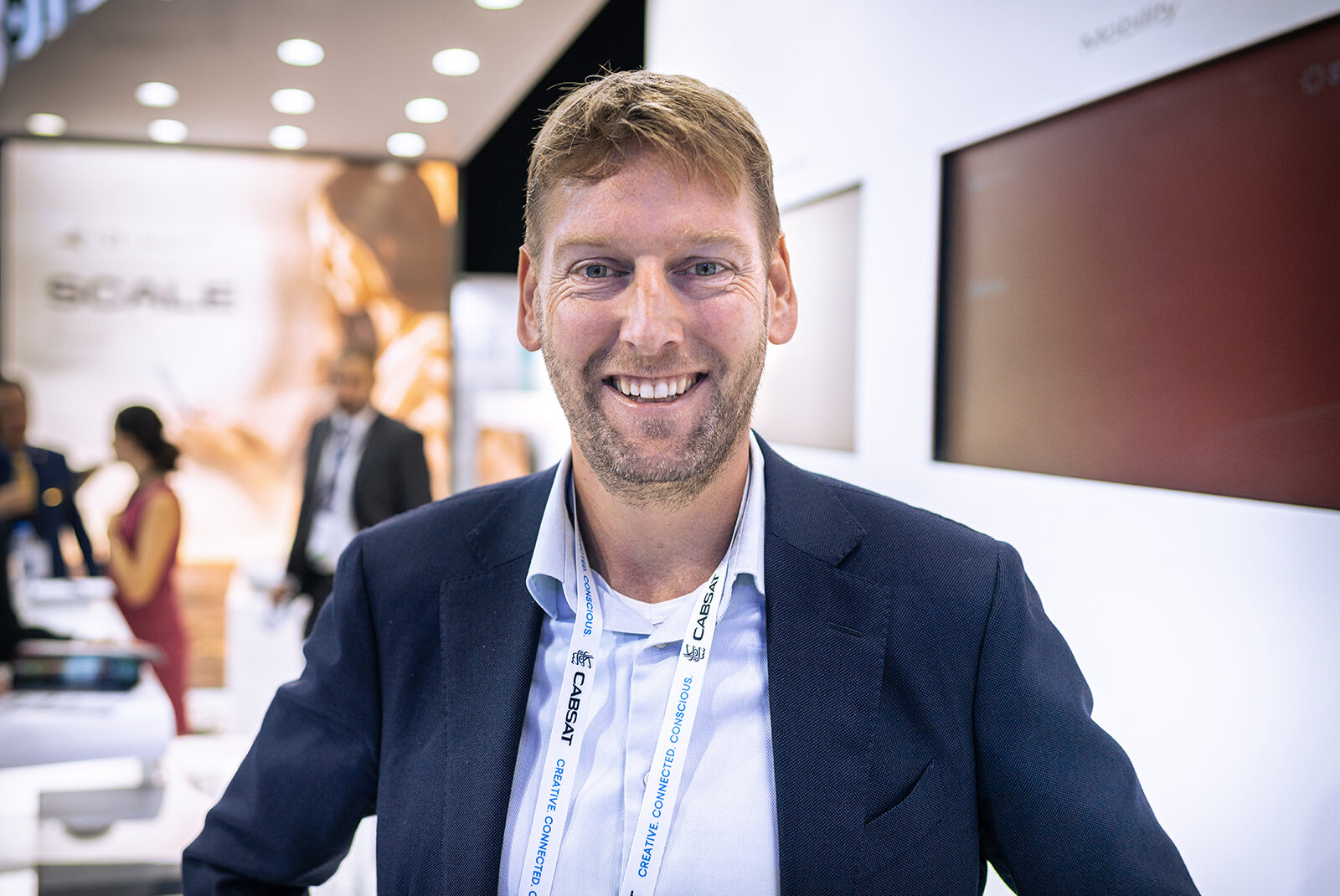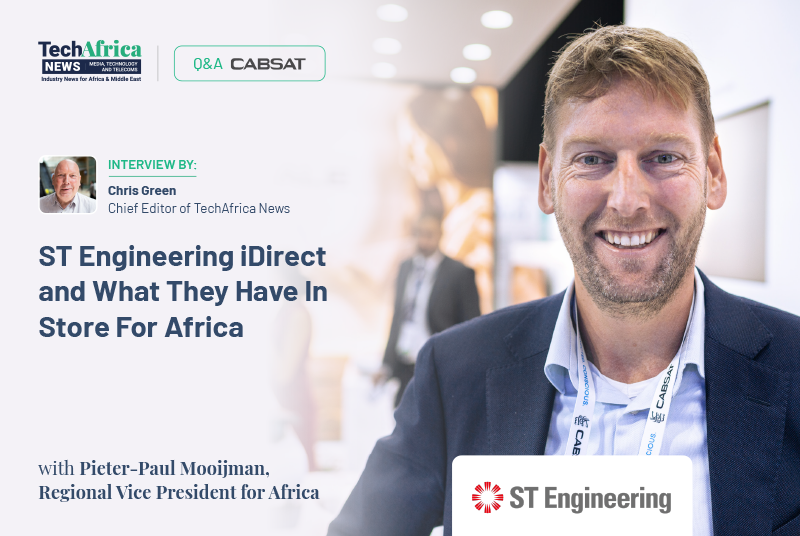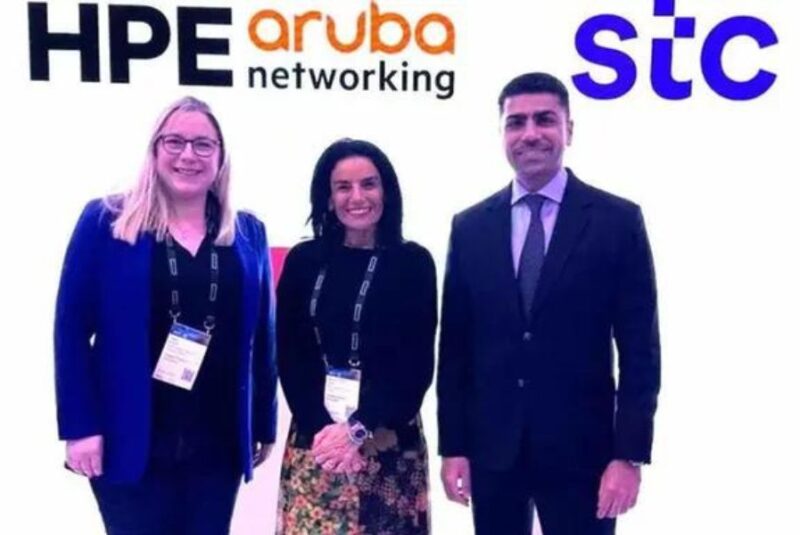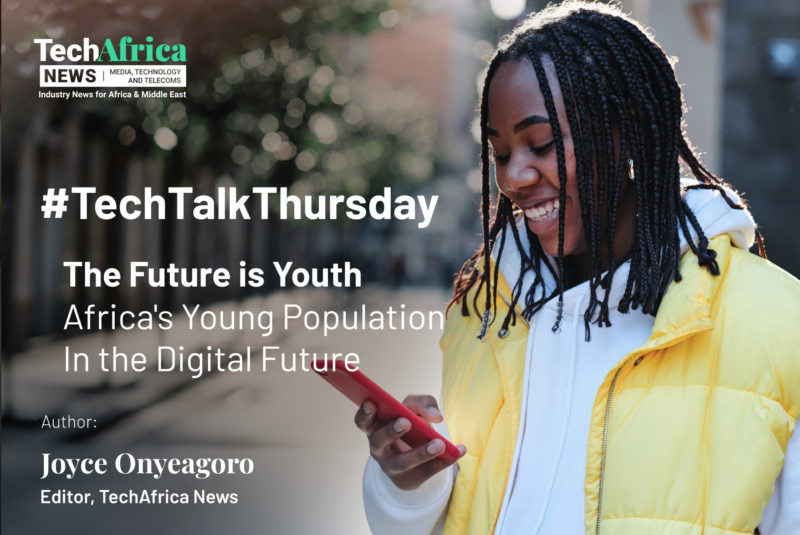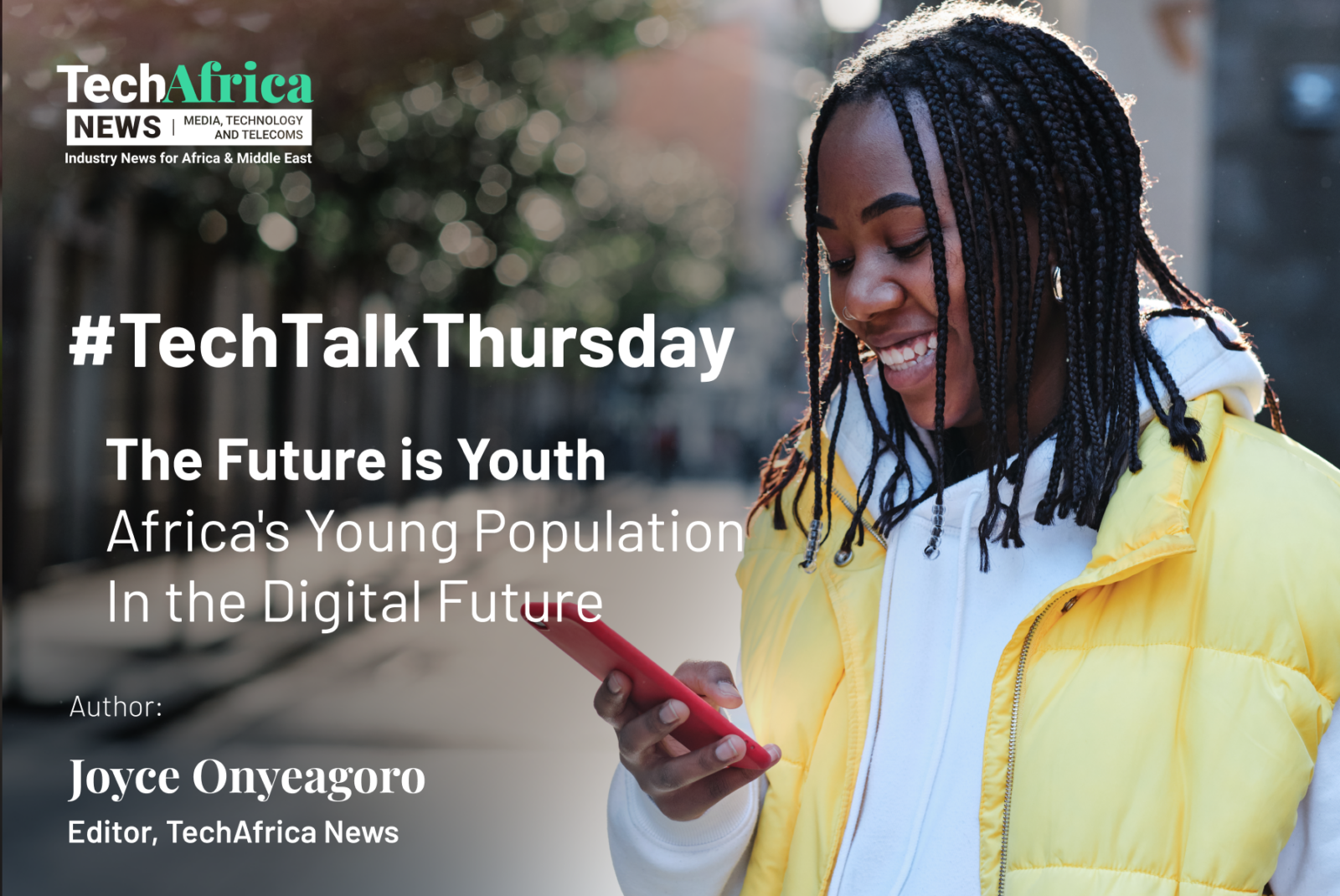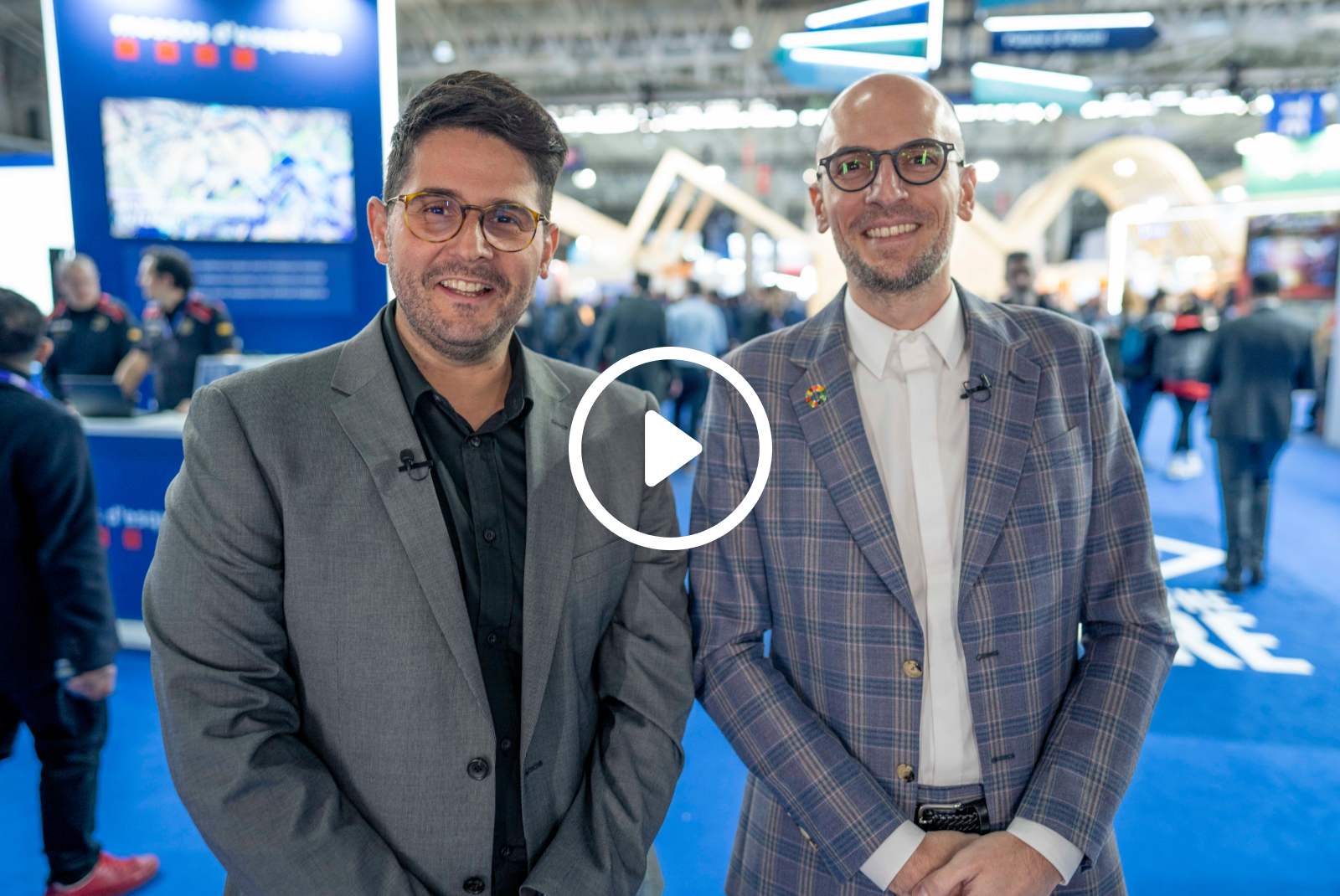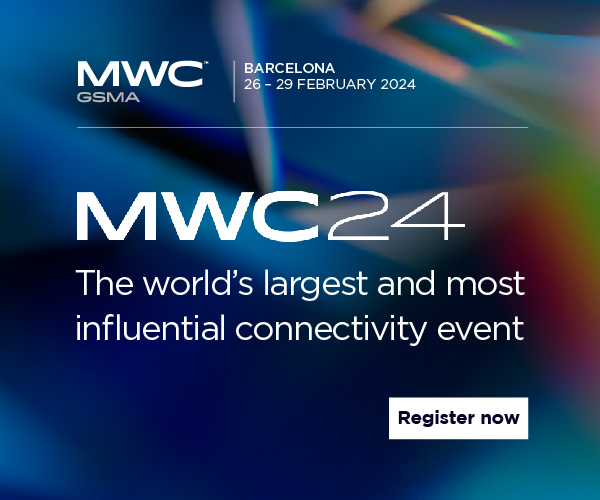What brings you to CABSAT 2022?
It’s the first show we’ve participated in for a while and it’s a very important one for the region. There are many changes happening in the industry today and it gives us the best opportunity to catch up with our customers. It gives us a great in-depth understanding of their needs. We appreciate that many of our customers prefer that face-to-face interaction and the pandemic meant that we weren’t able to connect in that way. So, it’s been so good to spend time with our customers in person, to understand their requirements and reinforce our relationships.
Can you give us some insight into satellite adoption in Africa? How do you see the growth?
Demand for connectivity across the African continent continues to grow. The pandemic accelerated this need, with more people working from home and the general demand for reliable connectivity rising. Satellite is critical to achieving ubiquity of connectivity.
However, that’s not the full story. Satellite is part of a wider ecosystem that comprises different types of connectivity. In order to make connectivity affordable and accessible to all, this ecosystem must optimize. As we go forward, 5G will be the enabler and will offer the capability to offer the right type of connectivity for the application, regardless of location at an affordable price point.
Satellite is part of a wider ecosystem that comprises different types of connectivity. In order to make connectivity affordable and accessible to all, this ecosystem must optimize.
PIETER-PAUL MOOIJMAN
REGIONAL VICE PRESIDENT FOR AFRICA AT ST ENGINEERING IDIRECT
What will this ecosystem look like?
The connectivity ecosystem I have talked about encompasses different types of terrestrial solutions with satellite-based solutions. There is no one-size-fits-all solution to enable connectivity but rather a hybrid solution that offers the best technology depending on the application that is being run and the location where it is being used. This might be cellular, it might be satellite or it could be another technology such as microwave. The aim is to offer a completely seamless user experience to every customer on one easy-to-use platform that is free of complexities for the end customer with the lowest total cost of ownership.

So, we’ve established that satellite tech is one of the key drivers of the African connectivity industry. One other major driver is cellular. Can you help us understand what is driving this demand from your perspective?
Cellular is indeed one of the main drivers of Africa’s tech growth. We have seen a significant increase in that area as well as a steady migration from 2G, 3G and 4G. Obviously, 4G provides more flexibility and efficiency. And with respect to IP, there’s an increase in data utilization. More and morepeople in rural areas are embracing and utilizing connectivity.
And that’s why we’ve been developing tools such as Mx-DMA MRC (multi-resolution coding) which brings forth the full scalability of TDMA return technologies to SCPC-like efficiency levels and enables service providers to cover a myriad of use cases without making tradeoffs between speed, efficiency, scale and cost. We also have more sharing mechanisms that help utilize the capacities available on the satellite. They provide more bits per Hertz and decrease the price of data utilization.
We constantly strive to incorporate as much flexibility, scalability, and efficiency into every technology we develop. And that package has been really helpful to the African region and to our customers. Today, with geostationary satellites, we expect more scalability and more computing power.
Overall, the future will be very interesting. I believe that in the coming years, we’re going to witness a huge boost in the satellite and connectivity industry making it a bigger and more important part of the ecosystem.
In your viewpoint, what impact will 5G make in Africa?
I think 5G will be the new standard and that it will be a game-changer because it’ll revolutionize how we process things and how we connect. As I explained before, it will unite the connectivity ecosystem and optimize it.
However, I feel the African ecosystem is not ready for this change because at present the 5G business case cannot be closed as the overall cost is too high. It’s not only the infrastructure from the MNO that we need to take into account, but the devices that the end customer needs to invest in. It will take time to get this down to a price level that is acceptable for the masses in Africa. We should work first on making 5G accessible and affordable. People should be able to gain affordable access to the technology. 5G should be a tool for resolving issues with digital inclusion, not aggravating them.
Our aim is to offer a completely seamless user experience to every customer on one easy- to-use platform that is free of complexities towards the end customer with the lowest total cost of ownership.
PIETER-PAUL MOOIJMAN
REGIONAL VICE PRESIDENT FOR AFRICA AT ST ENGINEERING IDIRECT
You’ve got extensive experience in the market. So, from your perspective, what are the needs of mobile network operators (MNOs) in Africa and the Middle East and how do you meet them?
MNOs are moving away from managing and maintaining their own infrastructure. This to reduce cost as managing your own infrastructure is complex and expensive and it not the core experience of an MNO. As we are moving into a new era of satellite connectivity, the networks are becoming much more complex which means that more investment is needed. Additional technical skills are also required in the workforce and these are difficult to find as there is a major shortage of qualified engineers.
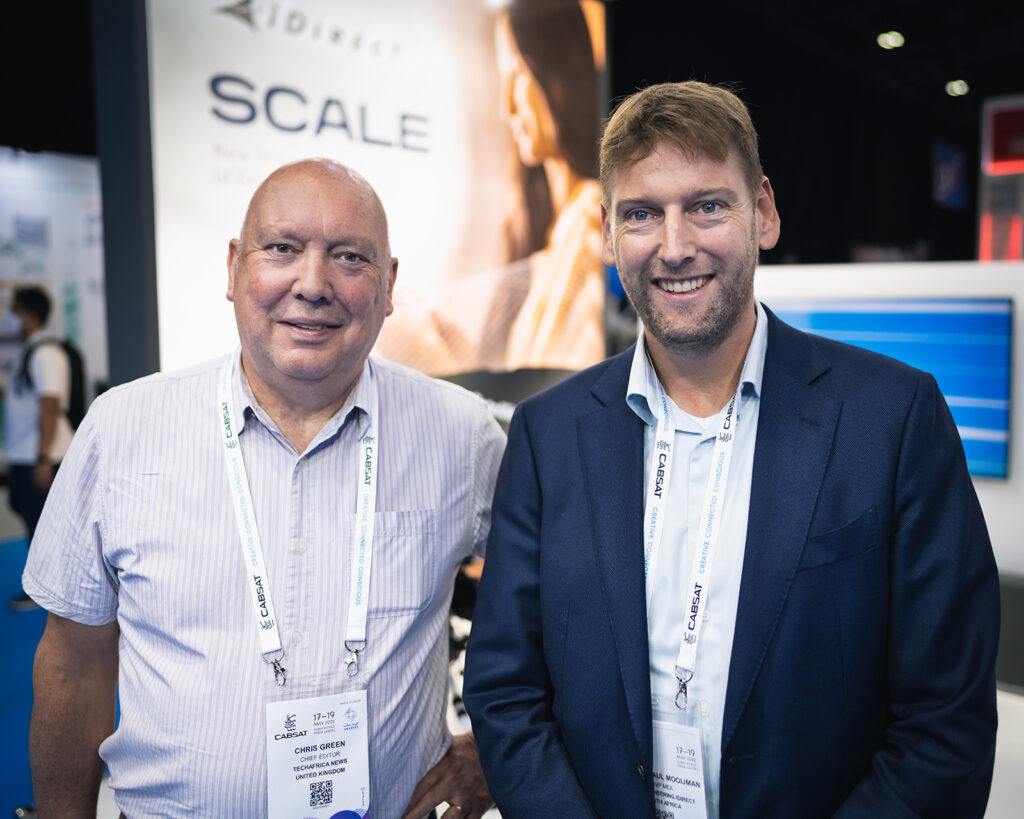
Rural and ultra-rural connectivity plays an important role in connecting the 50%+ of the unconnected population in Africa. Can you walk us through your contributions to this area?
When we started out, our mission was to get the unconnected in Africa connected. We remain true to our commitment on this. However, there have been many challenges that have resulted in this being a slow process, from legislation to the high cost of the adoption of new technologies. Governments and commercial companies in the ecosystem are trying to improve this.
We need to strengthen all these aspects as one ecosystem so we can focus on reducing the end customer cost which would allow for wider and faster adoption of connectivity for the unconnected. There is still a lot of work to do in the African region.
At ST Engineering iDirect, we are doing our best to support this ecosystem to become more cost effective through innovation and optimization based on the regional requirements.
PIETER-PAUL MOOIJMAN
REGIONAL VICE PRESIDENT FOR AFRICA AT ST ENGINEERING IDIRECT
At ST Engineering iDirect, we are doing our best to support this ecosystem to become more cost-effective through innovation and optimization based on regional requirements. This is our approach that we employ together with our customers to get more people connected with higher speeds and more reliable services. A good example of this is our work with MNO Vodacom, in the Democratic Republic of Congo (DRC). Our satcom solution enabled Vodacom to migrate its VSAT-based 2G network to 3G across 150 Base Transceiver Station (BTS) sites with the Base Station Controller located in Kinshasa. The deployment replaced traditional SCPC links and delivers increased efficiency in order to facilitate 3G data traffic.
Our Dialog® platform was a key consideration in Vodacom’s selection, as it enables the network to automatically adjust in real-time with daily fluctuations in bandwidth demand, saving both bandwidth and cost and offering enhanced optimization of the cellular traffic.
The platform will also accommodate Vodacom’s future growth, enabling increased satellite network coverage and to deliver a large amount of capacity as and when it is ready to expand. The network is being used primarily for cellular backhaul services, for applications such as social media, video sharing platforms, as well as enterprise applications such as video conferencing and data transfer applications, with some sites also offering IP services.
